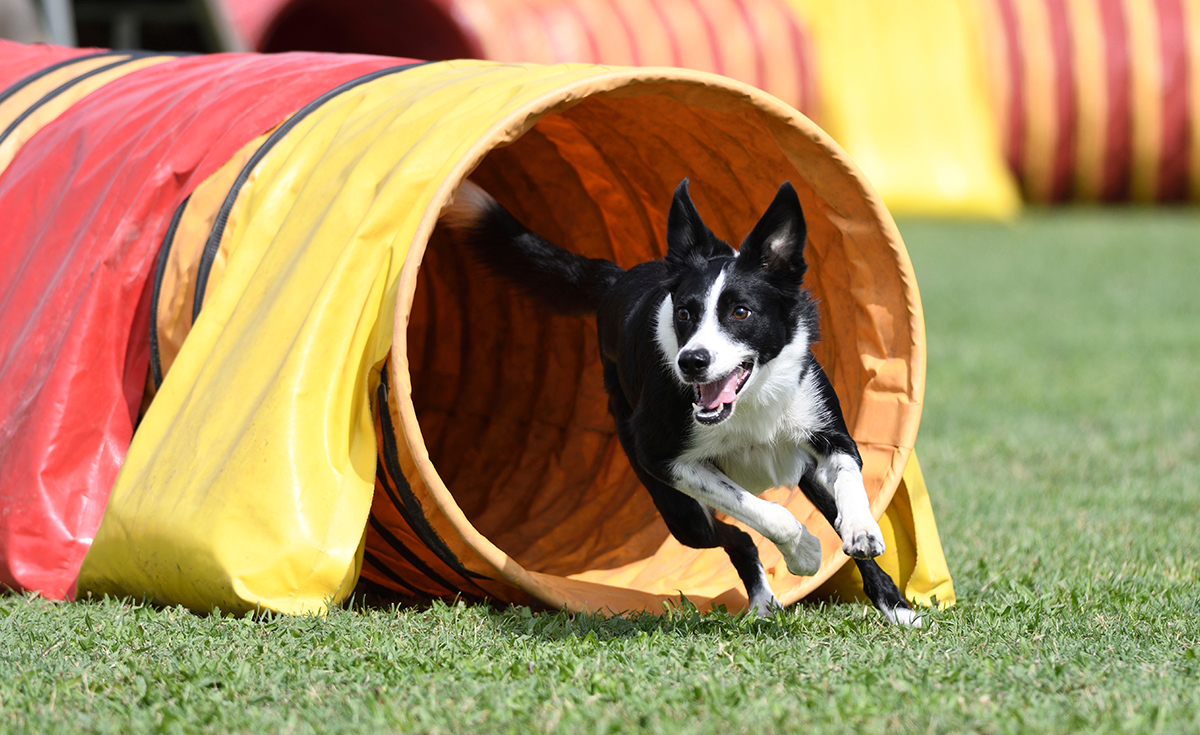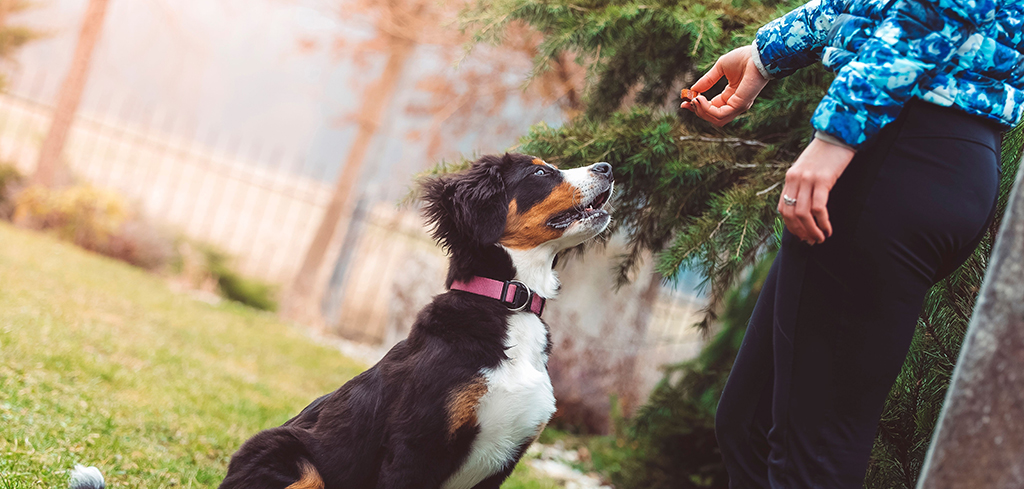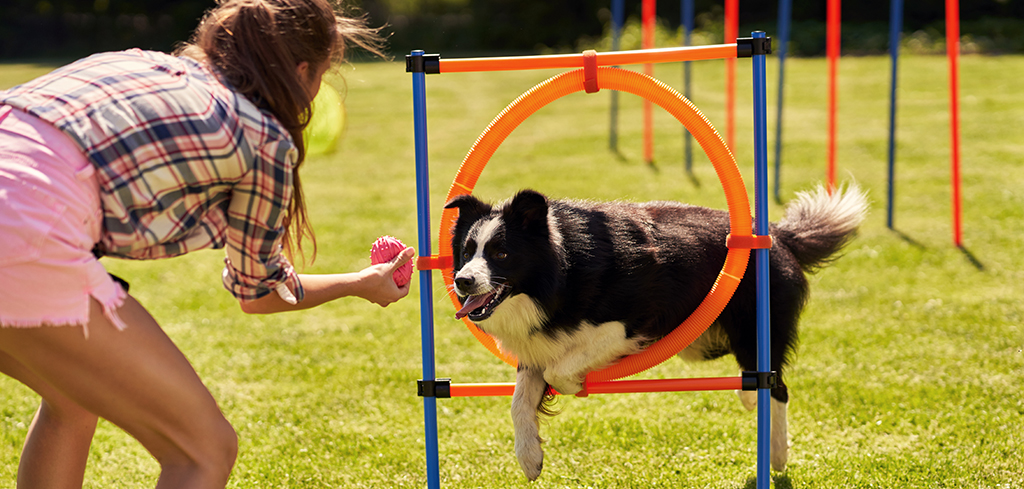The Ultimate Guide to Dog Agility Training
Dog agility training is a thrilling and challenging sport that can strengthen the bond between you and your furry friend. Whether you’re a seasoned competitor or just starting out, agility training offers a rewarding experience for both dogs and their handlers. In this guide, we’ll explore the benefits of agility training, and the suitability of different dog breeds, and provide valuable tips and techniques for getting started. So, let’s dive in and unleash the potential of your pup!

Benefits of Dog Agility Training
Agility training offers a wide range of benefits for both dogs and their owners. According to Arlene Spooner, an accomplished trainer and agility competitor, participating in agility provides dogs with exercise, socialization, and a sense of purpose. It also strengthens the bond between dog and handler, promoting teamwork, trust, and effective communication. For owners, agility training is a great way to meet fellow dog enthusiasts, stay active, and engage in mentally stimulating activities. Moreover, spending time with dogs has been proven to have numerous positive effects on human well-being.
Is Agility Right for Your Dog?
Agility is a sport that welcomes all dogs, regardless of breed or mix. While certain breeds, like Border Collies and Australian Shepherds, are known for excelling in agility, any healthy dog can participate at some level. The key is to assess your dog’s temperament and physical capabilities. Confident and happy-go-lucky dogs tend to adapt well to agility training, but even dogs with problem behaviors or anxiety can benefit from the structured nature of the sport. With patient training, dogs with fear issues can gain confidence and conquer their fears. Additionally, certain physical disabilities, such as deafness or old age, don’t have to be barriers to participation in agility. It’s important to consult with your vet to ensure that agility is a suitable activity for your dog and to start training gradually to avoid any potential injuries.
Getting Started with Agility Training
1. Basic Obedience Training
Before diving into agility training, it’s essential to have a solid foundation of basic obedience commands. Teach your dog commands like sit, lie down, come, heel, and stay. Enrolling in an obedience class can provide structured training and help your dog get used to working around other dogs and people. Building a strong obedience foundation will set the stage for successful agility training. Make sure you have some high value dog training treats to help!

2. Focus and Attention
Agility is a team sport that requires clear communication between dog and handler. Teaching your dog to focus on you despite distractions is crucial. Start by training your dog to make eye contact with you on command, such as “Watch Me” or “Look.” Begin in a quiet environment and gradually increase the level of distractions to strengthen your dog’s ability to maintain focus during agility training.
3. Tricks and Coordination
Teaching your dog tricks not only enhances training techniques but also improves coordination and confidence, which are essential for agility training. Tricks like nose targeting, where your dog touches their nose to your hand or a target, can help with maneuvering through obstacles. Backing up and walking backward are great tricks for body awareness, while jumping through a hoop introduces the concept of the tire jump. Incorporate these tricks into your training sessions to prepare your dog for agility obstacles.
4. Flexibility and Body Awareness
Flexibility is key in agility training, and there are several tricks you can teach your dog to improve their flexibility and body awareness. Tricks like spinning in both directions and weaving a figure-eight around your legs promote flexibility and tight turns, which are vital for navigating agility courses. Additionally, teaching your dog to bow helps stretch their back muscles and enhances their overall body awareness.
5. Handling Techniques
Effective handling is crucial in agility training. Start by teaching your dog to work comfortably on both your right and left sides. Use treats or toys to motivate your dog to stay beside you as you walk, jog, and eventually run. Teach your dog to move away from you to your left or right by tossing a treat in the desired direction. This skill will come in handy when maneuvering through agility courses that require changes in direction. Another essential handling technique is teaching your dog to wrap around an object, which lays the foundation for turning tightly over or between jumps. Practice these handling techniques to enhance your teamwork and communication on the agility course.

6. Introduction to Obstacles
Once your dog has a solid foundation of basic training and handling techniques, it’s time to introduce them to the specific agility obstacles. Start with contact obstacles like the A-frame, dog walk, and teeter-totter. These obstacles require your dog to touch designated contact zones with their paws. Use treats and positive reinforcement to guide your dog over these obstacles. Gradually increase the height and difficulty level as your dog becomes more comfortable. Next, introduce jumps at a low height, gradually raising it as your dog gains confidence and skill. Teach your dog to navigate tunnels and weave poles using positive reinforcement and gradual progression. Remember to keep training sessions short and fun to maintain your dog’s interest and enthusiasm.
7. Sequencing and Course Training
Once your dog is proficient in navigating individual obstacles, it’s time to start sequencing and training on full courses. Sequencing involves linking multiple obstacles together in a specific order. Start with simple sequences, gradually increasing the complexity as your dog becomes more proficient. Use verbal cues, body language, and hand signals to guide your dog through the course. Timing is crucial, so practice clear communication and ensure your dog understands the order of the obstacles. With consistent training and practice, you and your dog will be ready for agility competitions.
Finding Agility Classes and Competitions
While training at home can be a great way to introduce your dog to agility, joining a class or finding a local agility club can take your training to the next level. Agility classes provide professional guidance, structured training, and access to full-size dog agility courses. There are numerous advantages to engaging in dog agility training, benefiting both canines and their owners. Look for positive training techniques and classes designed for beginners. It’s also beneficial to attend local agility trials to familiarize yourself with the sport and learn from experienced handlers. Volunteering at trials can provide valuable insights and a deeper understanding of the agility community. Remember, not all dogs may enjoy the competition environment, so classes and backyard courses can offer all the fun and exercise your dog needs without the pressure of competing.
Conclusion
Dog agility training is a dynamic and rewarding sport that promotes physical fitness, mental stimulation, and a strong bond between dog and handler. With patience, consistency, and positive reinforcement, any dog can participate in agility training. Start with basic obedience training, focus on building a strong relationship with your dog, and gradually introduce them to agility obstacles. Joining an agility class or club can enhance your training experience and provide opportunities for competition if desired. Remember to prioritize your dog’s well-being, consult with your vet, and have fun along the way. Embrace the excitement of agility training and unleash your dog’s full potential!
For additional resources and information on dog agility training, consider checking out the American Kennel Club (AKC) and the United States Dog Agility Association (USDAA) websites. These organizations provide valuable insights, training tips, and upcoming event schedules to help you navigate the world of dog agility. Stay connected with the agility community, attend seminars, and continue learning to improve your skills as a handler. Most importantly, enjoy the journey with your four-legged companion and celebrate the joy of agility training together.

